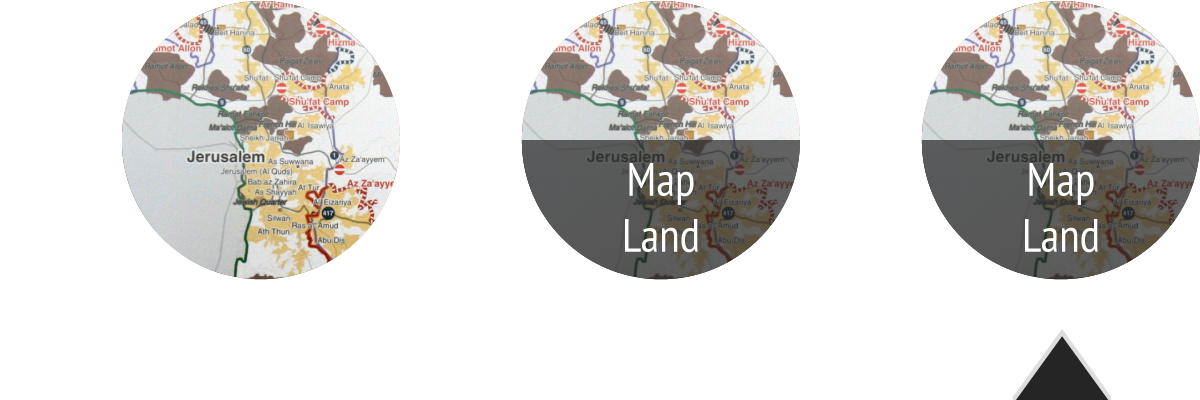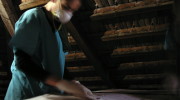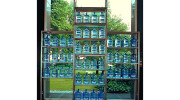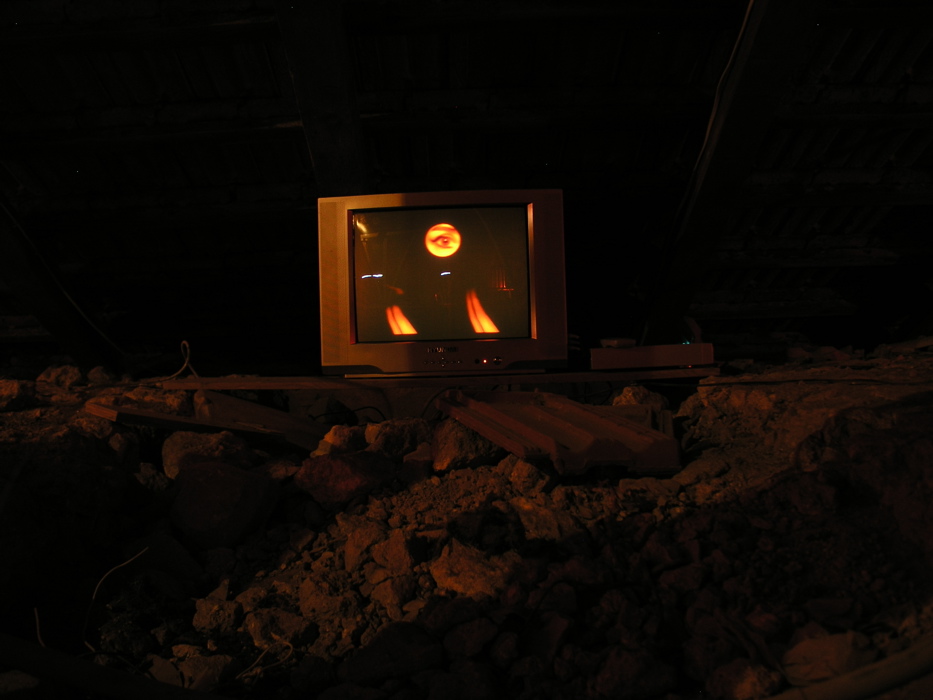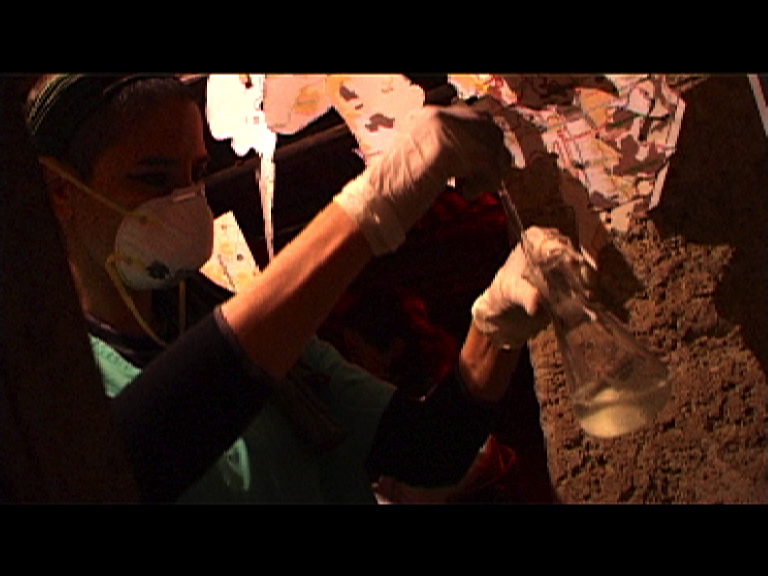Surgical Operation/ Performance 2004, 2004
Surgical Operation on Jerusalem’s Closure Maps
Ariane Littman & Irit Amar
Background to the Performance:
Surgical Operation was exhibited at Heara 8, Comments on Hospitals & Schools, a contemporary art event taking place in November 2004 at the International Anglican School which beautiful building had since 1862 intermittently hosted on its premises missions, hospitals and schools. The art event took place on the eve of Chairman Yasser Arafat’s departure for Paris when the atmosphere in the country and in the Palestinian territories was specially strained.
During the performance that lasted for seven hours, maps of Jerusalem were brought on stretcher to the operation table where they were dissected and then sewn and mended amidst recurring breaking news. The absurdity of the whole action conveyed in a metaphorical way the chronic condition of the city of Jerusalem, a sick ‘patient’ suffering from an incurable pathologic violence.
The Video (7 min.)
The performance takes place at the far-end of the long and constricted space of the attic which stretches under the wooden beams and is lighten by dim red lights showing remnants of abandoned hospital equipment found in situ.
In this fictitious ‘operation room,’ two surgeons perform a ‘surgical operation’ on ‘Closure Maps’ printed in July 2004 by OCHA Humanitarian Information Centre and distributed by the UN office for the Coordination of Humanitarian Affairs. These maps show the various checkpoints, barriers and road networks around Jerusalem. The maps, brought by the surgeons on an old military stretcher to the operating table are then cut apart while two nurses sew the fragments with green thread or patch them with plaster bandages. As the work proceeds, new ‘patched’ maps are hung on thin ropes.
Three different soundtracks accompany the performance. The soundtrack of The Gaze, a disembodied supervising eye located in the rubbles and facing a broken baby cot.
The second soundtrack emerges from the baby cot. It is the voice of a mother recounting to her child her longing of the landscape and family house in Tennessee. The fragmented story becomes intertwined with the fragments of the dissected maps of Jerusalem while at some point the invisible storyteller recounts: “there are always things to miss, no matter where you are.” This sentence gives a more universal meaning to the artwork while both transcending the local conflict. The narrating voice of the invisible mother accompanies the appearance on the screen of two nurses whose motherly soothing hands sew and mend the dissected maps of the city into new patterns that yet bear no relationship with definite or actual borders.
The third soundtrack located in the vicinity of the operating table where the two surgeons operate on the closure maps of the city, contains TV and army radio news recorded during the Second Intifada by Kiki Keren Huss. They sporadically erupt at a high volume giving short edited reports of Palestinians suicide bombing attacks in the city and reports of IDF retaliation strikes on Palestinian cities.
The whole video moves along a fragmented path of visual shoots and narrations that finds an echo among the fragmented maps of the city of Jerusalem.
Ariane Littman
Jerusalem, Mai 2005








